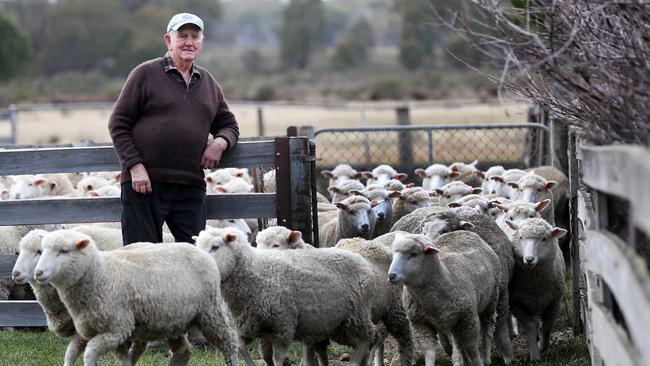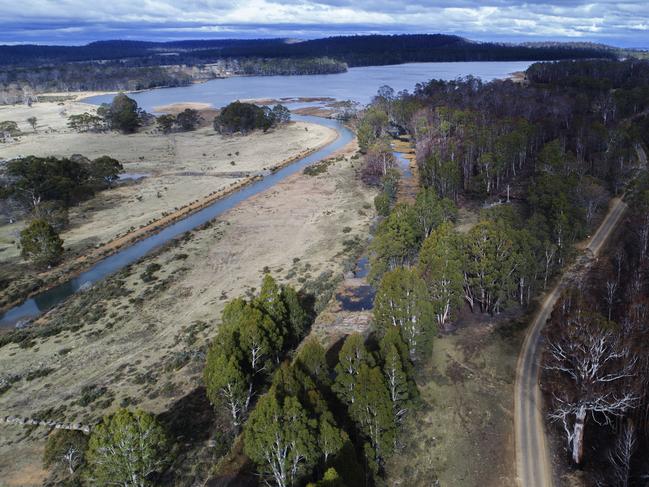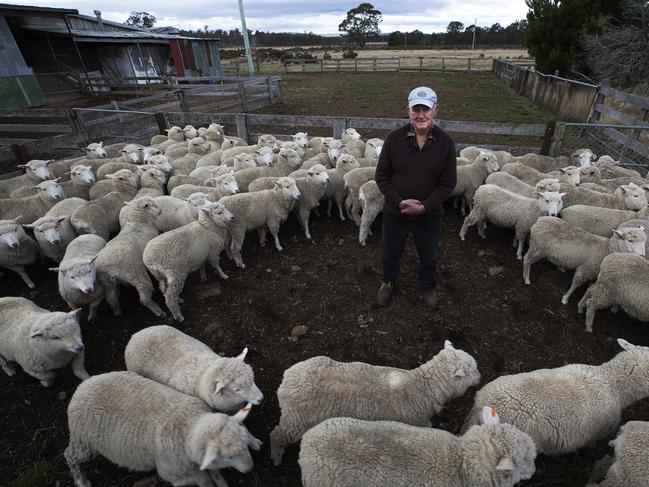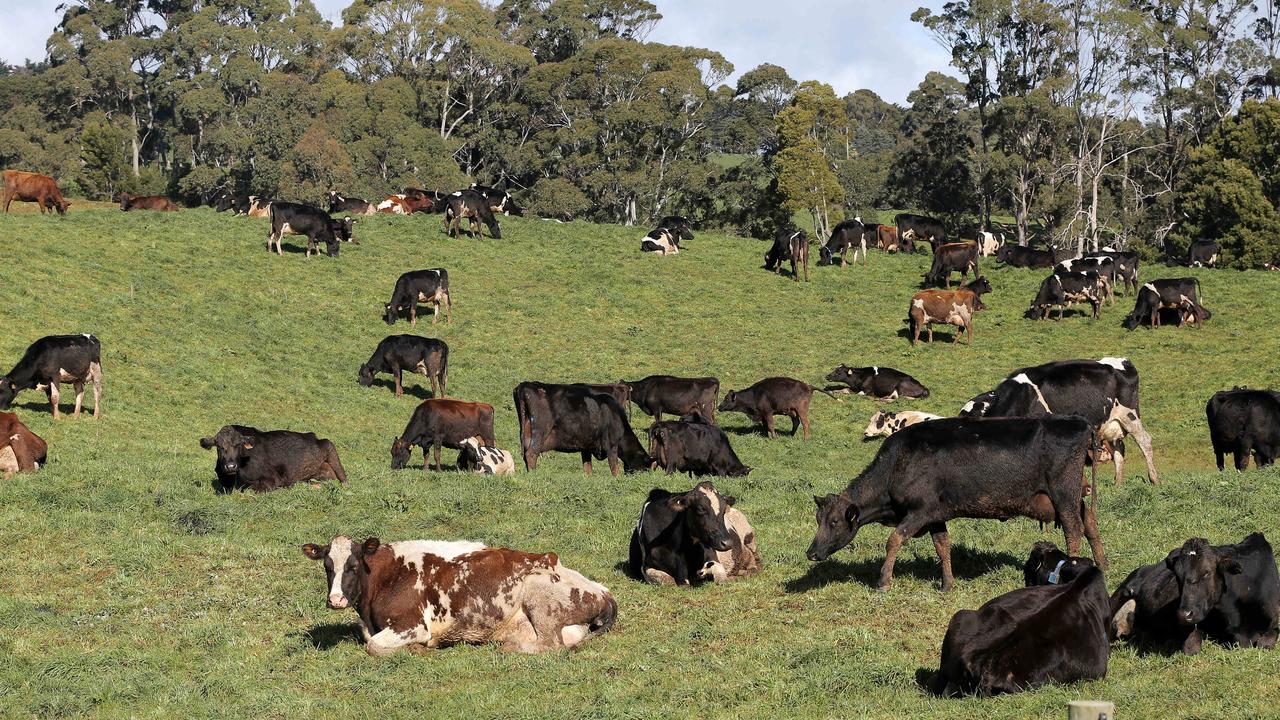Summer grazing: Fire risk threat to Central Highlands family tradition
Changing farming practices and a lack of fuel-reduction burns are making it more difficult to use the Central Highlands for summer grazing.

IT IS one of Tasmania’s coldest regions but since 1852 members of the Glover family have been continuously farming in the Central Highlands.
After a season where devastating fires ripped through large parts of the wilderness area, the family say it is time for a return to the traditional management methods to reduce fuel build-up across the region.
Geoff and Irene Glover live on their property Wihareja, which was first bought by Mr Glover’s great-grandfather.
Mr Glover’s family history is centred around sheep, with previous generations working as shepherds at Bothwell and Kempton.
Back then many of the larger properties where they worked regularly used the high country as a valuable summer grazing resource.
They were a tough bunch, with Mr Glover’s great-grandfather Samuel Glover originally sent out on a ship from England as a 13-year-old, when his responsibility was to look after an Angus bull.

That bull was successfully delivered to the well-known Ratho property at Bothwell where he then lived and worked.
Mr Glover’s grandfather John Glover also worked as a shepherd at The Grange property.
Each year they would take a bullock team and a mob of sheep to the country around Miena and stay there for the summer months. Nowadays the family still run sheep in the high country as well as some cattle.
The main homestead property is about 2268ha and they also have further run country. About 162ha of the property has been improved and the rest is made up of native bush and pastures.
“It’s really good wool-growing country,” Mr Glover said.
“The sheep do well up here, even though it's cold through the winter time.”
They run a flock of about 4000 Merinos with an average micron between 16 and 17.
The family mainly put Merino wethers on the more remote run country and buy them off the same breeder each year.
“They’re good browsers to Old Saxon sheep, they’ll walk all day every day to find food,” Mr Glover said.
“They don't need a lot of looking after, as long as they’ve got plenty of area to run over. The only thing we have to drench them for is fluke, because it’s pretty wet country up here in places.”
The couple’s son’s Stephen and Robert are also involved with farming in the region and Robert is one of the state's top shearers.
One of the biggest changes Mr Glover has seen in the high country is the climate.
He said the Central Highlands area was now a lot warmer than it used to be but the rainfall seemed to have remained steady.
“I’ve seen the snow up here three feet deep, that was in 1976,” he said.
“It laid in the hills for three months and in the open country for a month before it broke up. We had a log skidder and that's what we use do to drive around and clear the tracks.”

Despite the depth of the snow, they did not lose many stock.
“We had a break in the wool because they couldn't get much food for a while, but we didn't have many losses,” he said.
One of the most worrying changes Mr Glover has seen is a lack of management of fuel loads across the Central Plateau.
While regular patchwork fuel- reduction burning used to be an annual management tool for graziers in the region, that practice has now basically stopped.
Mr Glover said he was not surprised to see this year’s bushfires.
“There’s virtually no burning being done now when it should be done,” he said.
“There used to be tens of thousands of sheep run up here, now there’s hardly any.”
Mr Glover said the annual cool burns prevented the highly flammable native bushes from taking over the plains and produced green feed for both the stock and wildlife.
“In that western lake country that burnt this year, every property out there used to have a shepherd and the landowners would supply them with wax matches each year so they could do the burning off,” he said.
“The fuel that caused the fires this year just wasn’t there, because it wasn't allowed to build up like that.”

Mr Glover said large areas of the plateau that used to be open grasslands had now been choked by impenetrable scrub, which was a huge fire risk.
“The landowners are the best people to know how to manage their properties, but often they’re not allowed to do what needs to be done, because someone in an office in Hobart who has no idea says they can’t,” he said.
Mr Glover said the explosion in deer numbers was another issue that needed to be tackled. He estimates there are more than 3000 to 4000 does just in their area alone.
“It’s getting to the stage where shooting them won’t control the numbers,” he said.


